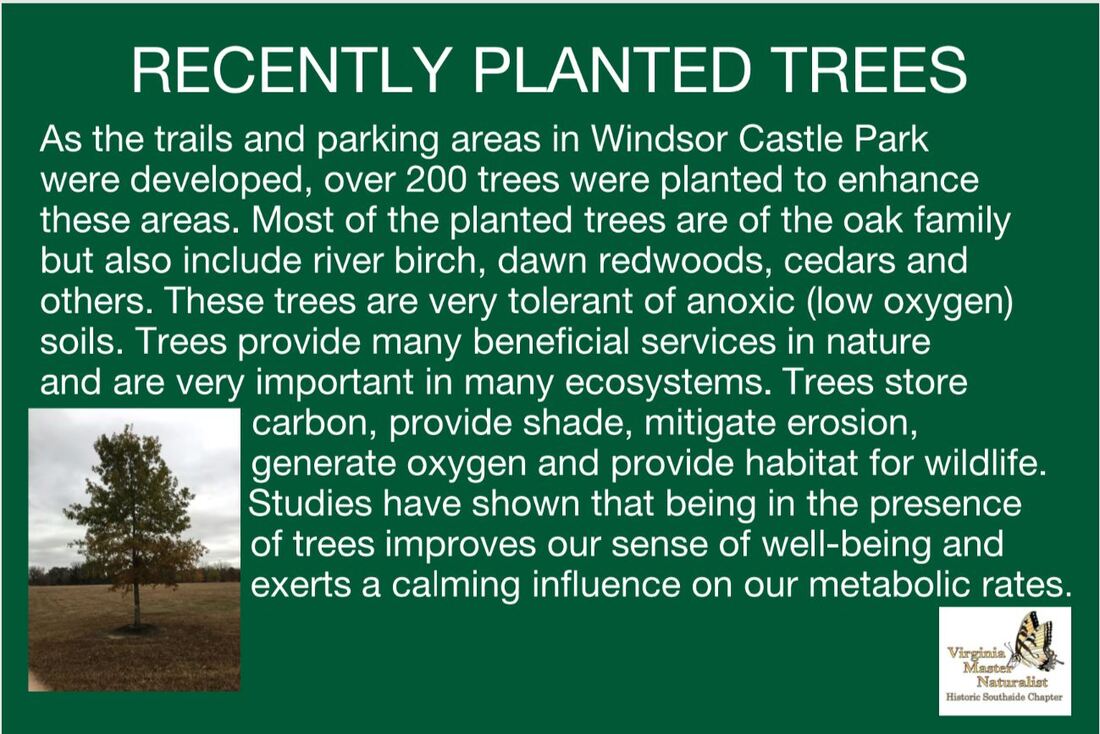Introduction
The mission of the Arbor Day Foundation is to inspire people to plant, nurture, and celebrate trees. They recommend planting the right tree in the right place, and provide information to assist people with choosing the right trees to plant. The trees that were chosen for Windsor Castle Park to enhance the landscape are a mixture of tree types, such as evergreens, flowering, ornamental, and shade trees. By choosing trees that grow best in the soil type at the park, the trees will have a good chance of surviving and growing to their maturity, with minimum care. Most likely, the particular trees chosen are ones that are fast growing and will provide an interesting mixture of colors, shapes, and textures. It will be interesting to see how they grow and mature and provide shade and beauty for people that enjoy the trails, as well as providing cover, food, and homes for the various birds and animals that live in the park.
Some facts to consider
The mission of the Arbor Day Foundation is to inspire people to plant, nurture, and celebrate trees. They recommend planting the right tree in the right place, and provide information to assist people with choosing the right trees to plant. The trees that were chosen for Windsor Castle Park to enhance the landscape are a mixture of tree types, such as evergreens, flowering, ornamental, and shade trees. By choosing trees that grow best in the soil type at the park, the trees will have a good chance of surviving and growing to their maturity, with minimum care. Most likely, the particular trees chosen are ones that are fast growing and will provide an interesting mixture of colors, shapes, and textures. It will be interesting to see how they grow and mature and provide shade and beauty for people that enjoy the trails, as well as providing cover, food, and homes for the various birds and animals that live in the park.
Some facts to consider
- Most of the planted trees are of the oak family but also include river birch, dawn redwoods, cedars and others. There are five tree characteristics that are important for tree identification. They are leaf, fruit, twig, bark, and form. Leaves are one of the most obvious features of any tree and are often the easiest way to identify most species. The leaf arrangement, shape, and edges all must be considered to distinguish a specific tree species. The Virginia Department of Forestry has an illustrated Fact Sheet that describes the steps used to identify trees.
- Some facts about oak trees: There are 600 species of oak trees and all are native to the northern hemisphere. The official tree of America is the oak tree. Oak trees can drink up to 50 gallons of water per day. Oak trees begin to produce acorns at 15 to 20 years of age. At 100 years old, an oak tree can produce 2,000 acorns in a single year.
- According to the Natural Resource Conservation Service, trees can help reduce stress levels. While it is a widely known fact that spending time in nature can help people relax, a study by Texas A&M University proved that spending five minutes in a day looking at trees can result in lowered stress levels.








